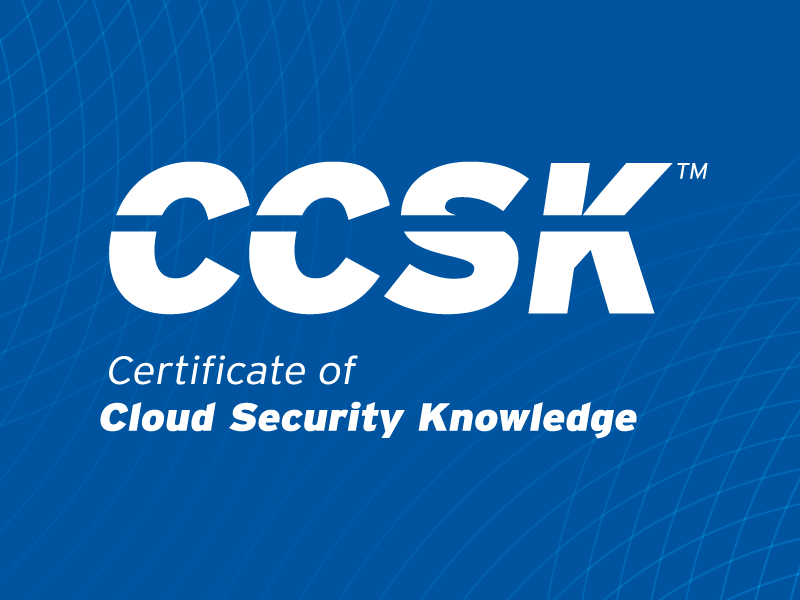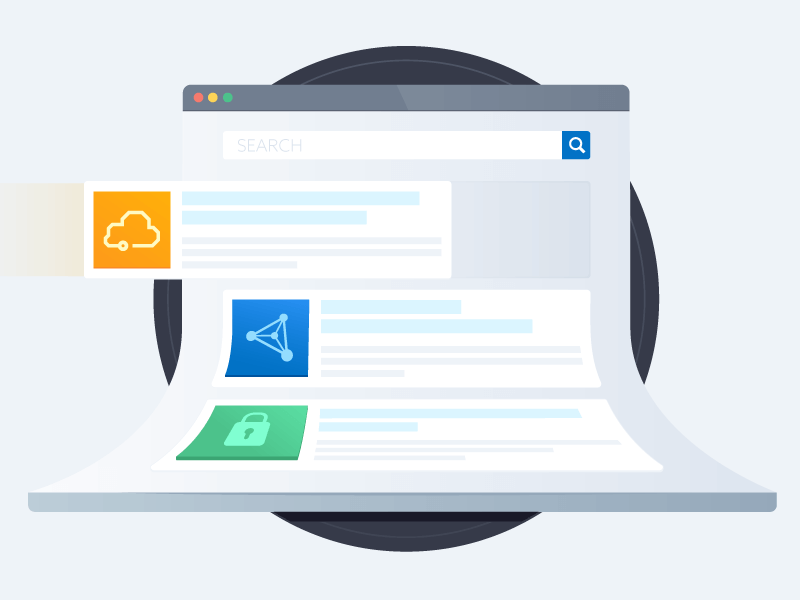Ransomware in the Education Sector
Published 06/05/2025
Originally published by Vali Cyber.
Written by Chris Goodman.
In recent years, educational institutions have been relentlessly targeted by cyberattacks, with hypervisor vulnerabilities standing out as one of the most critical risks. As remote learning has expanded, academic IT infrastructures have grown rapidly—introducing new risks. Hypervisors, which virtualize servers, networks, and applications, are essential for managing digital services, especially as universities accommodate increasing numbers of users and systems. However, because hypervisors consolidate multiple virtual machines (VMs) on a single server, compromising just one can potentially expose every asset it manages.
Hypervisors offer flexibility, scalability, and efficient resource use, making them indispensable for universities centralizing operations and managing costs. But they also represent an attractive attack vector for ransomware. Once a hypervisor is compromised, attackers can move laterally between VMs, allowing ransomware to spread quickly—causing significant operational and data security impacts.
In 2025, educational institutions remain particularly vulnerable, with ransomware attacks surging by 69% in the first quarter compared to the same period in 2024. These attacks often exploit common weaknesses, including compromised credentials, phishing emails, and unpatched systems. In fact, over 85% of ransomware attacks in higher education stem from these initial access methods. Alarmingly, more than 65% of universities lack basic email security configurations, making it easier for attackers to breach defenses and gain access to hypervisors.
Why the education sector?
So, what makes the education sector so appealing to ransomware actors? The combination of sensitive data, sprawling networks, and limited cybersecurity resources creates ideal conditions for attack.
From enrollment to graduation, universities collect and store personal data on students, alumni, faculty, and staff—including Social Security numbers, home addresses, health records, and financial information. If unprotected, this data can be held for ransom, used for identity theft, or sold on the dark web.
Recent incidents have revealed the real-world impact of these attacks. One high-profile case from 2024 involved a school district breach that exposed sensitive data from students, parents, and staff.
Another major risk factor is the diversity of connected devices. Students and staff use personal laptops, phones, and tablets to access institutional resources. Any of these devices could be compromised and used as an entry point. Given the hypervisor’s central role in managing these environments, it becomes a high-value target for attackers seeking to compromise multiple systems in a single attack.
Adding to the challenge, many institutions face tight budgets that limit their cybersecurity capabilities. Studies show cybersecurity spending accounts for only 3–12% of a university’s IT budget, often too little to counter modern threats targeting hypervisors and other critical systems.
The fallout of ransomware in higher education
When ransomware strikes at the hypervisor level, the consequences ripple across an institution’s entire digital environment. Higher education organizations experience some of the highest ransom payments—with 67% of victims opting to pay to regain access. The average cost of a ransomware incident in education reached $4.02 million in 2024, nearly quadrupling from $1.06 million the year before. Between 2018 and mid-2023, ransomware breaches in education compromised over 6.7 million records, resulting in an estimated $53 billion in downtime.
Beyond financial losses, these attacks erode trust. When sensitive information is exposed, affected students, staff, and parents often feel betrayed by institutions entrusted with their privacy.
Final Thoughts
The rising wave of ransomware attacks in education highlights the need for proactive defense strategies—particularly around hypervisor security. A compromised hypervisor can serve as a launch point for widespread damage, affecting virtualized systems across the institution.
To reduce risk, universities should adopt a multi-layered approach that includes:
- Multi-factor authentication (MFA)
- Regular patching and updates
- Strict access controls
- Network segmentation
- Security awareness training
By strengthening basic security hygiene and prioritizing hypervisor protection, institutions can better defend against ransomware threats. The cost of prevention is far less than the price of recovery.
How prepared is your institution to defend its virtual infrastructure?
Unlock Cloud Security Insights
Subscribe to our newsletter for the latest expert trends and updates
Related Articles:
How to Stop Expired Secrets from Disrupting Your Operations
Published: 06/10/2025
Agentic AI is Redefining Identity Security in the Cloud
Published: 06/09/2025
In the Beginning, Before Zero Trust
Published: 06/06/2025
How Zero Trust Can Save Your Business from the Next Big Data Breach
Published: 06/06/2025






